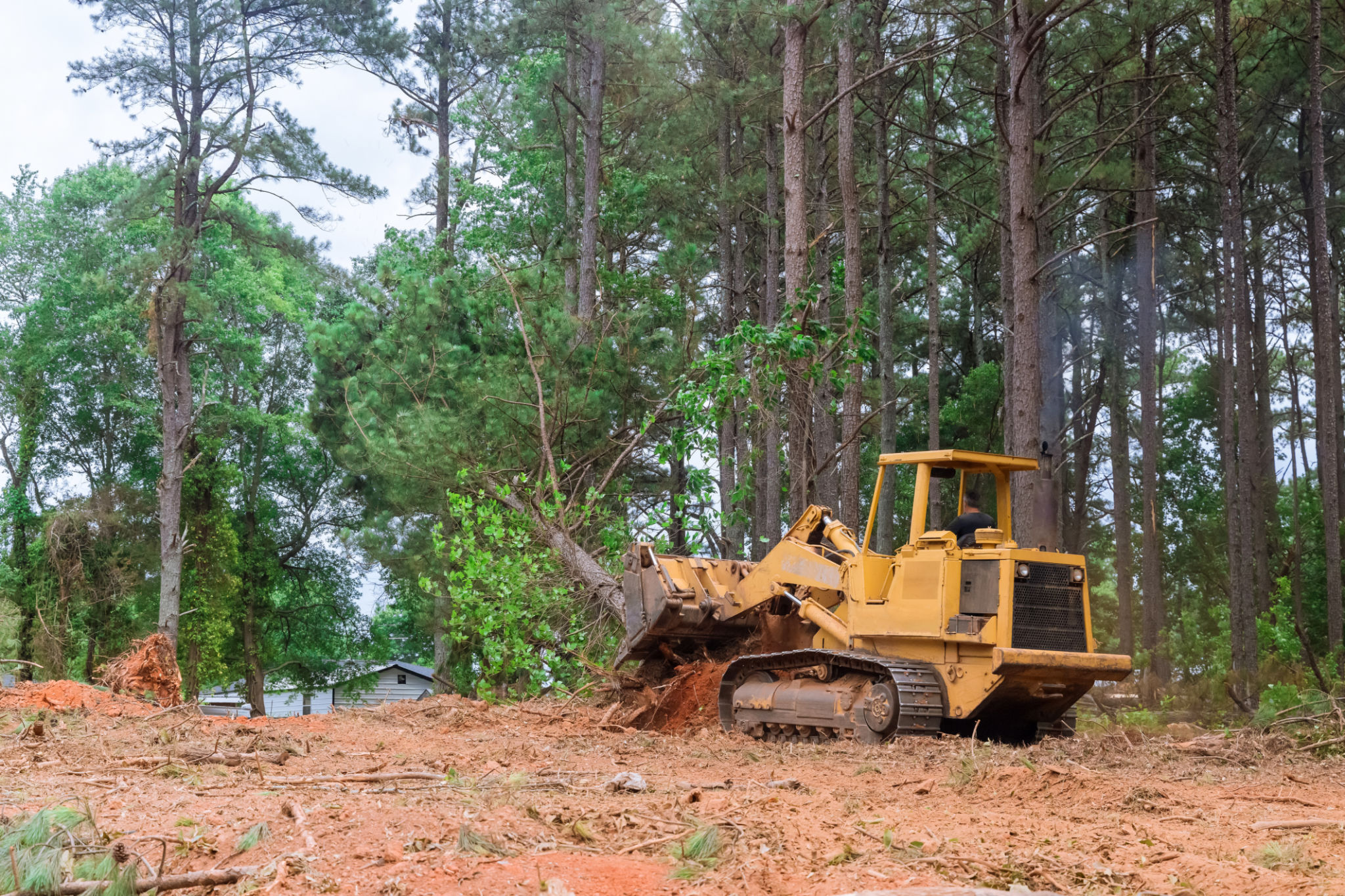Understanding Local Regulations for Land Clearing in NC
Introduction to Land Clearing Regulations in NC
Land clearing is a crucial first step in any construction or development project. However, in North Carolina, like many other states, there are specific regulations and guidelines that must be followed to ensure environmental protection and community safety. Understanding these local regulations is essential for anyone involved in land development.

Why Regulations Are Important
The primary purpose of land clearing regulations is to protect the environment. Unregulated land clearing can lead to soil erosion, sedimentation in waterways, and loss of wildlife habitats. By adhering to local laws, developers help preserve North Carolina's natural beauty and biodiversity.
Moreover, regulations ensure that land development is carried out safely and responsibly. They set standards for practices like tree removal, grading, and debris disposal, which can significantly impact the surrounding community.
Key Regulatory Bodies
In North Carolina, several agencies oversee land clearing activities. The North Carolina Department of Environmental Quality (DEQ) plays a significant role in monitoring environmental impacts. Additionally, local county governments may have their own ordinances that developers must comply with.

Obtaining Permits
Before beginning any land clearing project, it is usually necessary to obtain the appropriate permits. These permits ensure that the proposed activities meet environmental and zoning requirements. The type of permit required can vary depending on the size and location of the project.
For instance, a Sedimentation and Erosion Control Permit might be required if the project disturbs more than an acre of land. Developers must submit detailed plans outlining their erosion control measures to obtain this permit.
Steps to Compliance
To comply with local regulations, developers should take the following steps:
- Research: Understand the specific regulations that apply to your project location.
- Consult: Engage with local authorities or environmental consultants for guidance.
- Plan: Develop a comprehensive land clearing plan that includes erosion control and waste management strategies.
- Apply: Submit applications for necessary permits well ahead of the project start date.
- Monitor: Continuously monitor the site to ensure compliance throughout the project.

Common Challenges and Solutions
One common challenge developers face is navigating the varying regulations across different counties. Each county may have unique requirements, making it crucial to be well-informed about local laws. Working with a local consultant familiar with county-specific regulations can be beneficial.
Another challenge is managing community relations. Land clearing can sometimes lead to disputes with local residents concerned about environmental impacts. Open communication and transparency can help address these concerns effectively.
The Role of Technology
Advancements in technology have made it easier for developers to comply with regulations. Tools like Geographic Information Systems (GIS) and satellite imaging help assess environmental impacts and plan projects more accurately. These technologies can streamline the permitting process and improve decision-making.

Conclusion
Understanding and adhering to local regulations for land clearing in North Carolina is vital for successful land development. By respecting these rules, developers not only protect the environment but also avoid potential legal issues and project delays. Staying informed and proactive is key to navigating the regulatory landscape effectively.
